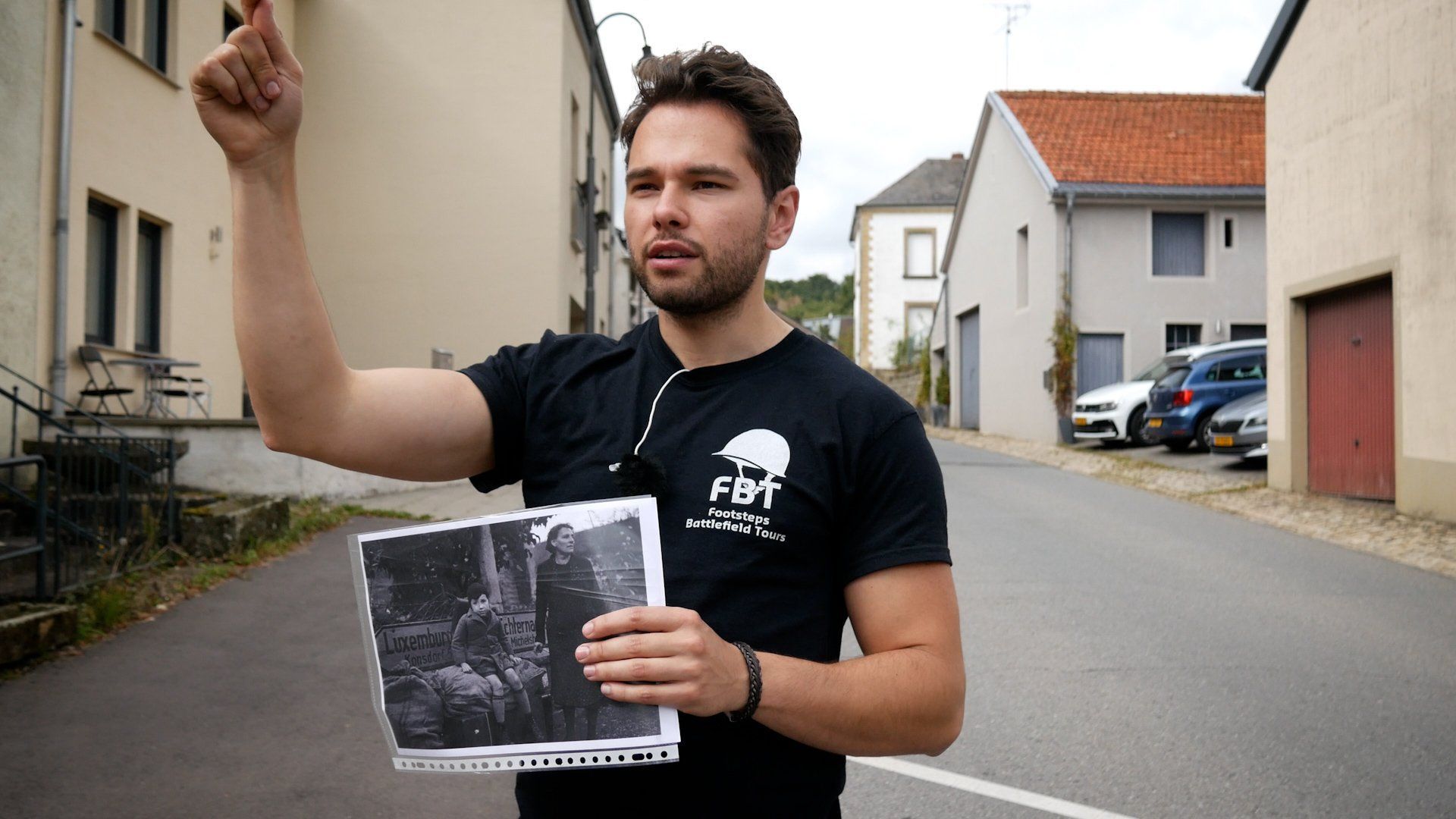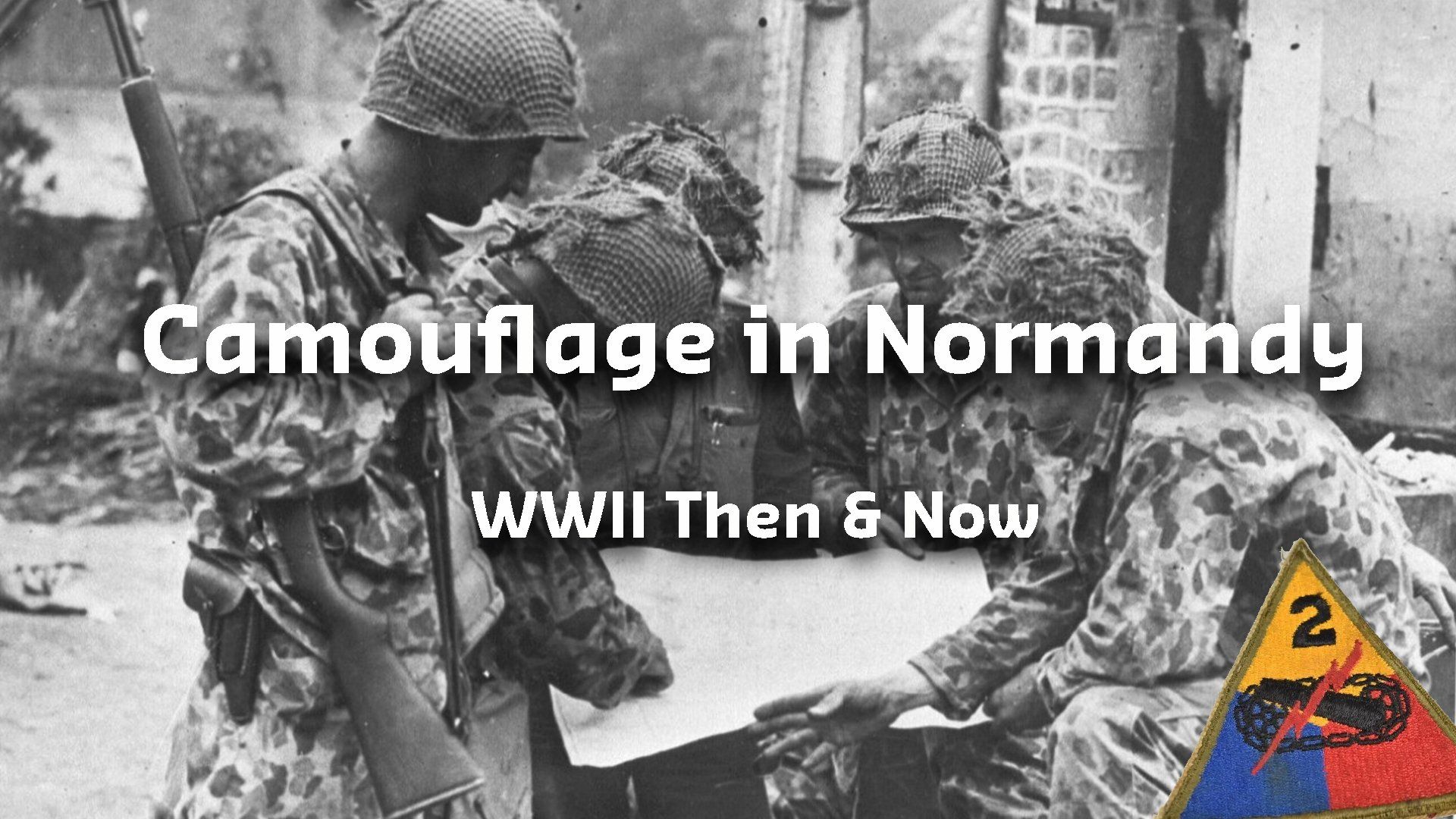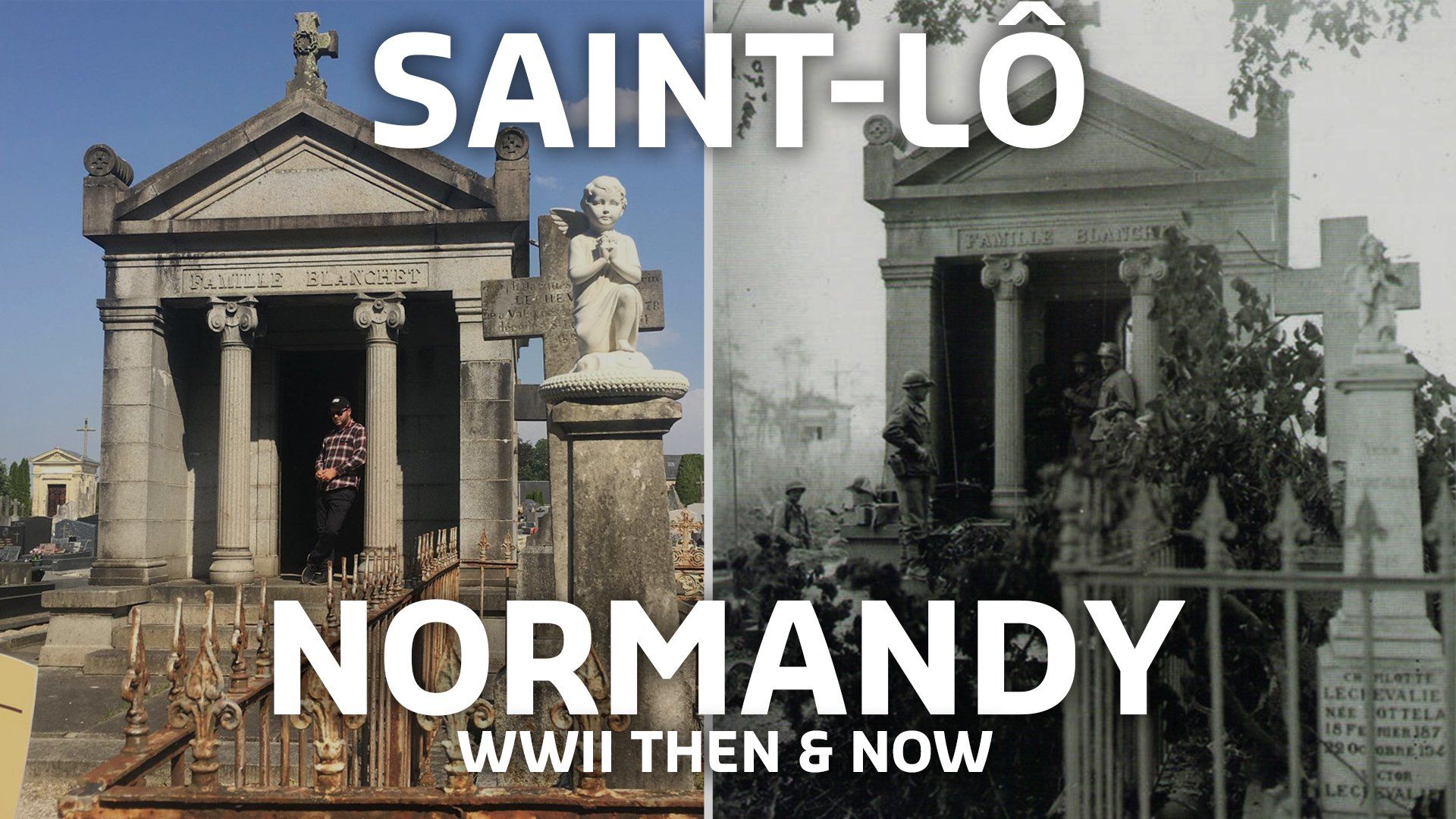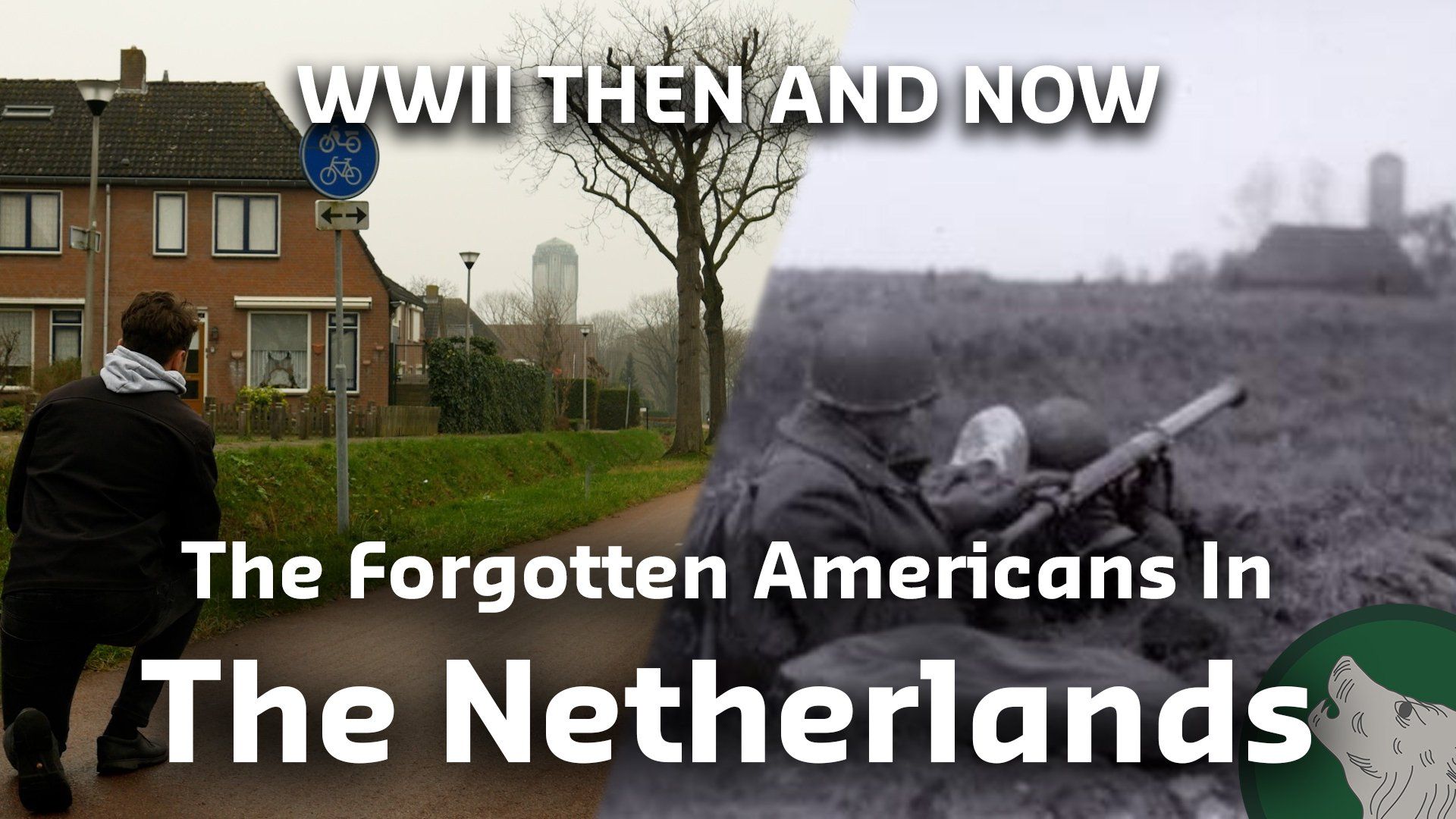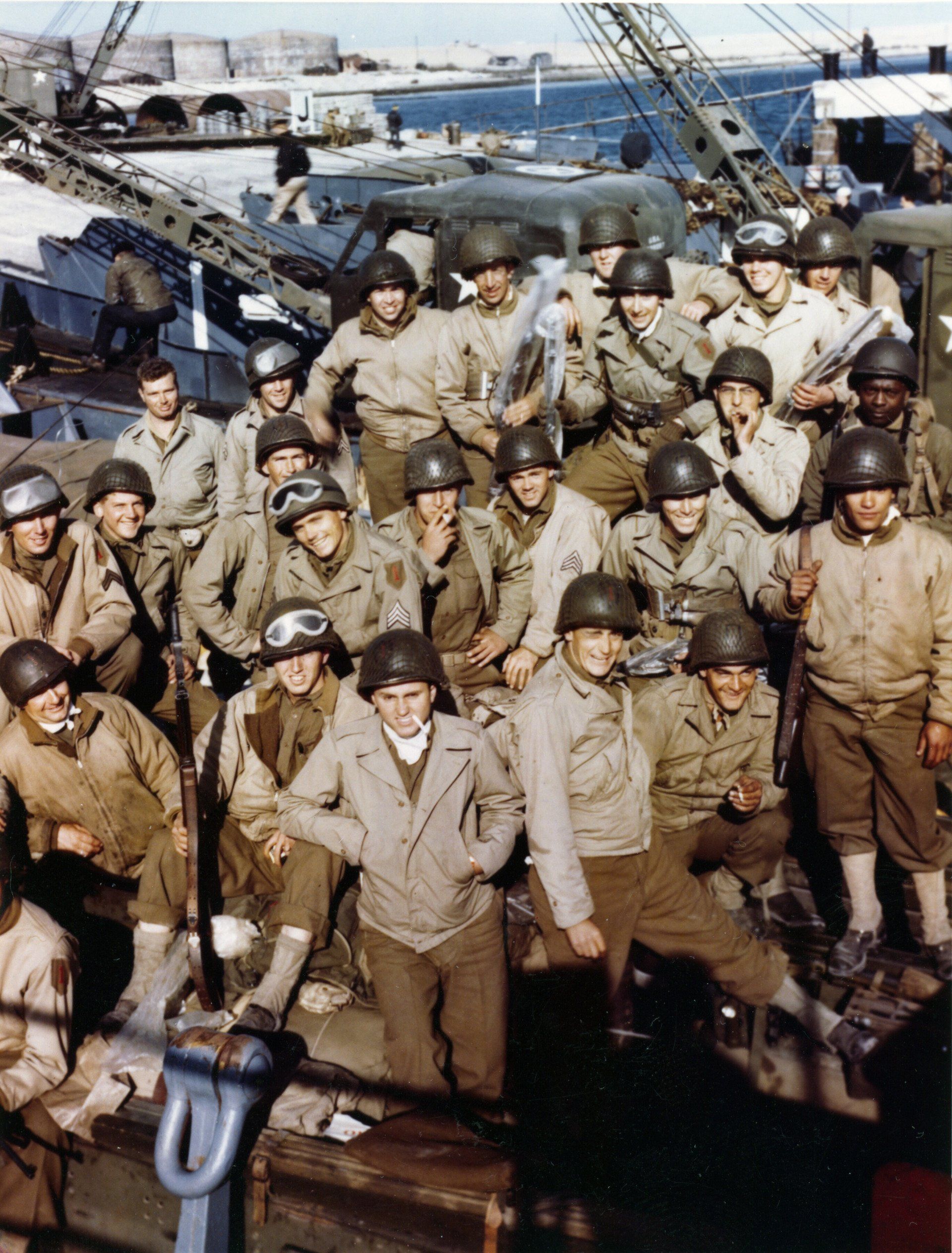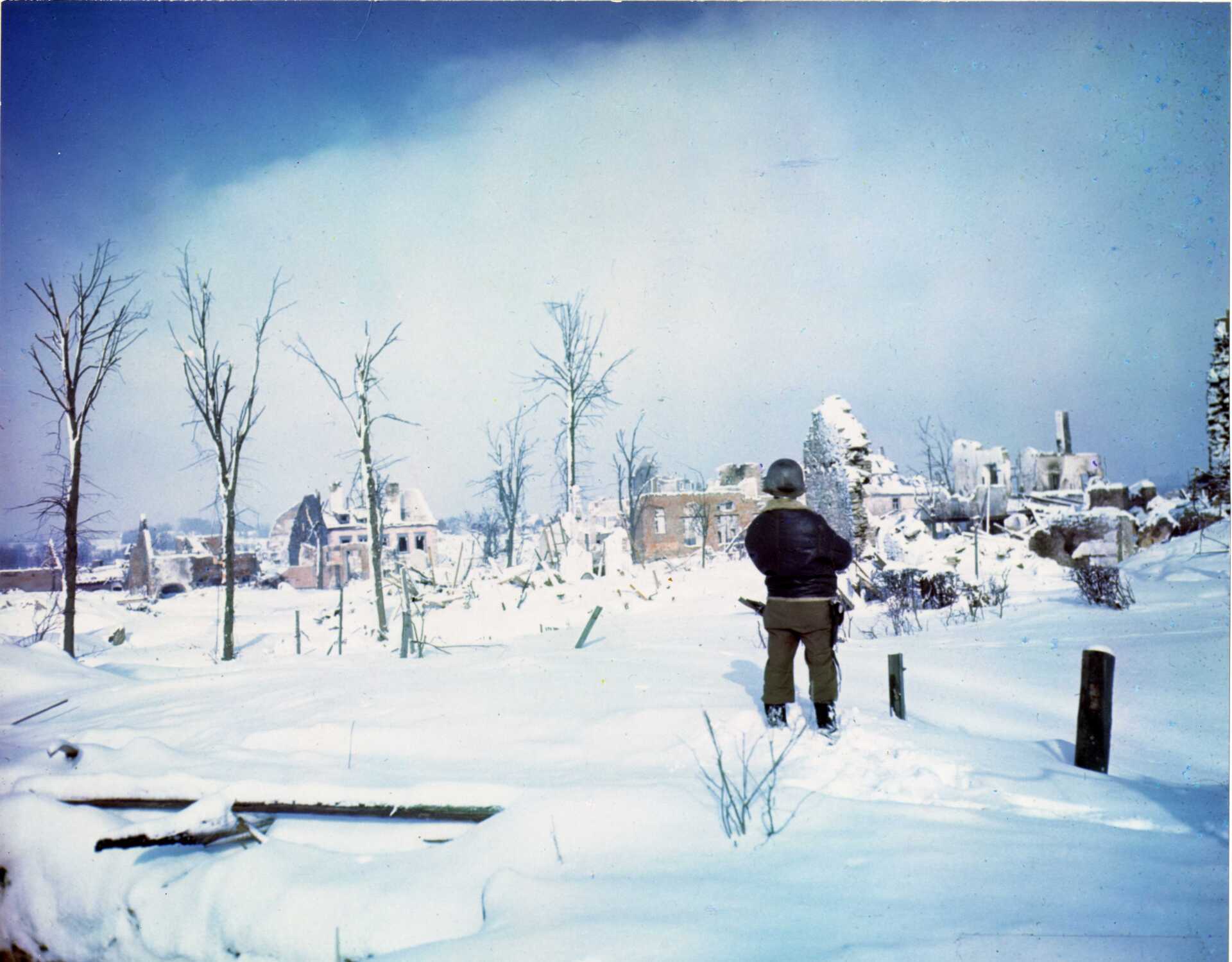News
News
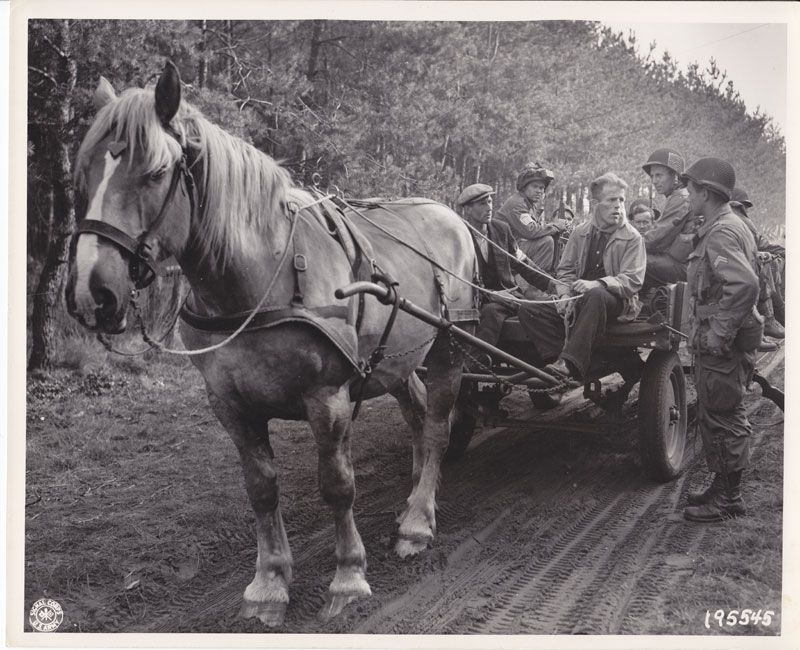
By Joey van Meesen
•
10 Mar, 2021
Jaap Bothe, a very well respected name within the history of the Dutch Korps Kommandotroepen , was a member of the No. 2 Dutch Troop. As a 16 year old, he started working as a servant on the S.S. Towa on the Dutch-South America line. In the port of Montevideo he witnessed the sinking of the German battle cruiser Graf von Spee in 1939. On his way home he witnessed the hell of Dunkirk and made an emergency stop in Cardiff, only to miss the boat back home. That same ship was torpedoed and Jaap Bothe had escaped death. Eventually, Bothe ended up in Canada and joined the Prinses Irene Brigade where also the No. 2. (Dutch) Troop was formed. In September 1944 some of these commando's were attached to several Airborne units to take part in Operation Market Garden. Jaap W. Bothe was attached to the 101st Airboren Division. He was given an American paratrooper uniform and US army equipment and came in by a glider near Son, Holland on September 18, 1944. During the flight, war correspondent and post-war TV-Host Walter Cronkite was sitting opposite him. Most of his tasks were related to translating and madiating between the Dutch civilians and American troops.
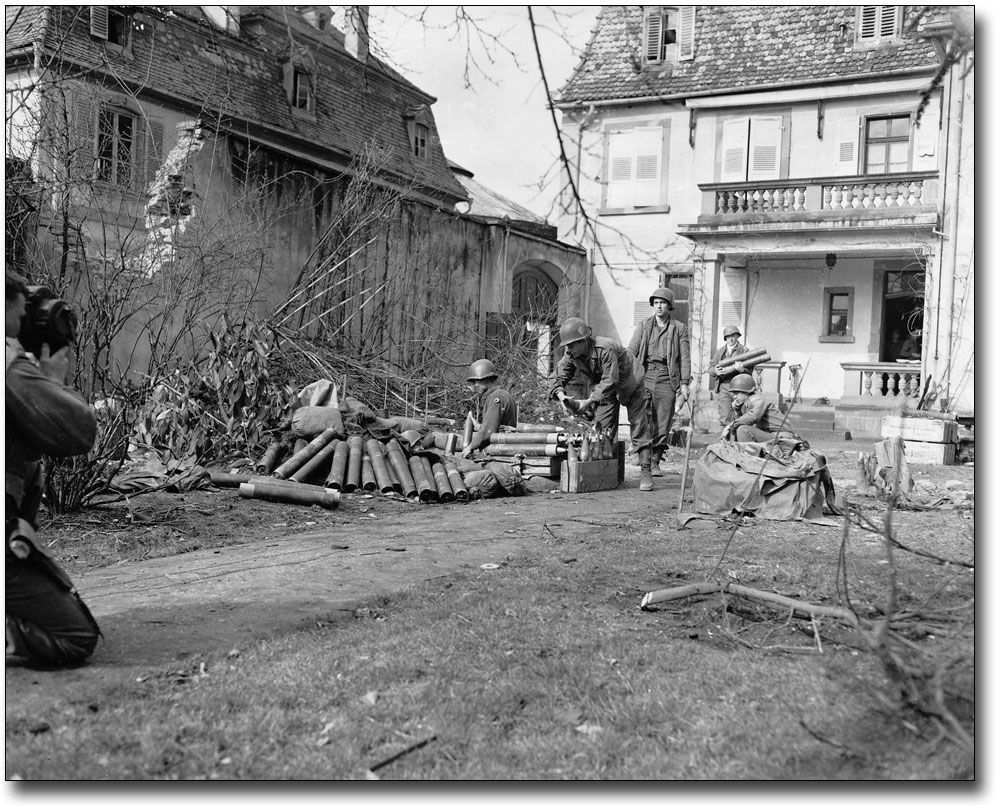
10 Mar, 2021
The city of Haguenau is well known for its appearance in HBO's Band of Brothers when elements of the 101st Airborne Division moved into area. However, the liberation of Haguenau goes beyond the 101st Airborne Division. In this new video we look at the other units that liberated the town by hunting down some incredible Then & Now photographs. After more than week of fighting, the 79th Division took Haguenau on December 10, 1944. After that the fighting continued and the Division moved up further to the German border into the Siegfried Line. On December 16, 1944 the Germans launched their massive counter attack in the Ardennes not far from Haguenau. That counter attack became as the battle of the bulge. The front line remained stable in area of Haguenau, but what the Allies did not expect was that the Germans had a follow up plan. On December 31st, 1944, the Germans launched another massive counter attack in Vosges area to destroy the American 7th Army and use the Rhine valley to retake Strassbourg. After three weeks of fighting and giving up ground, Haguenau became a battle zone again.. The Moder River formed a natural border between the American and German lines. The 101st Airborne Division was rushed up to the front here in the last week of January 1945 to relieve the 79th Infantry division and strengthen the positions along Moder River. The 36th Infantry Division relieved the 101st Airborne Division on February 27, 1945. And two weeks later on March 15th, the allies resumed the offensive. However it wasn’t until March 19 that the last German was cleared out of Haguenau after house-to-house fighting.


